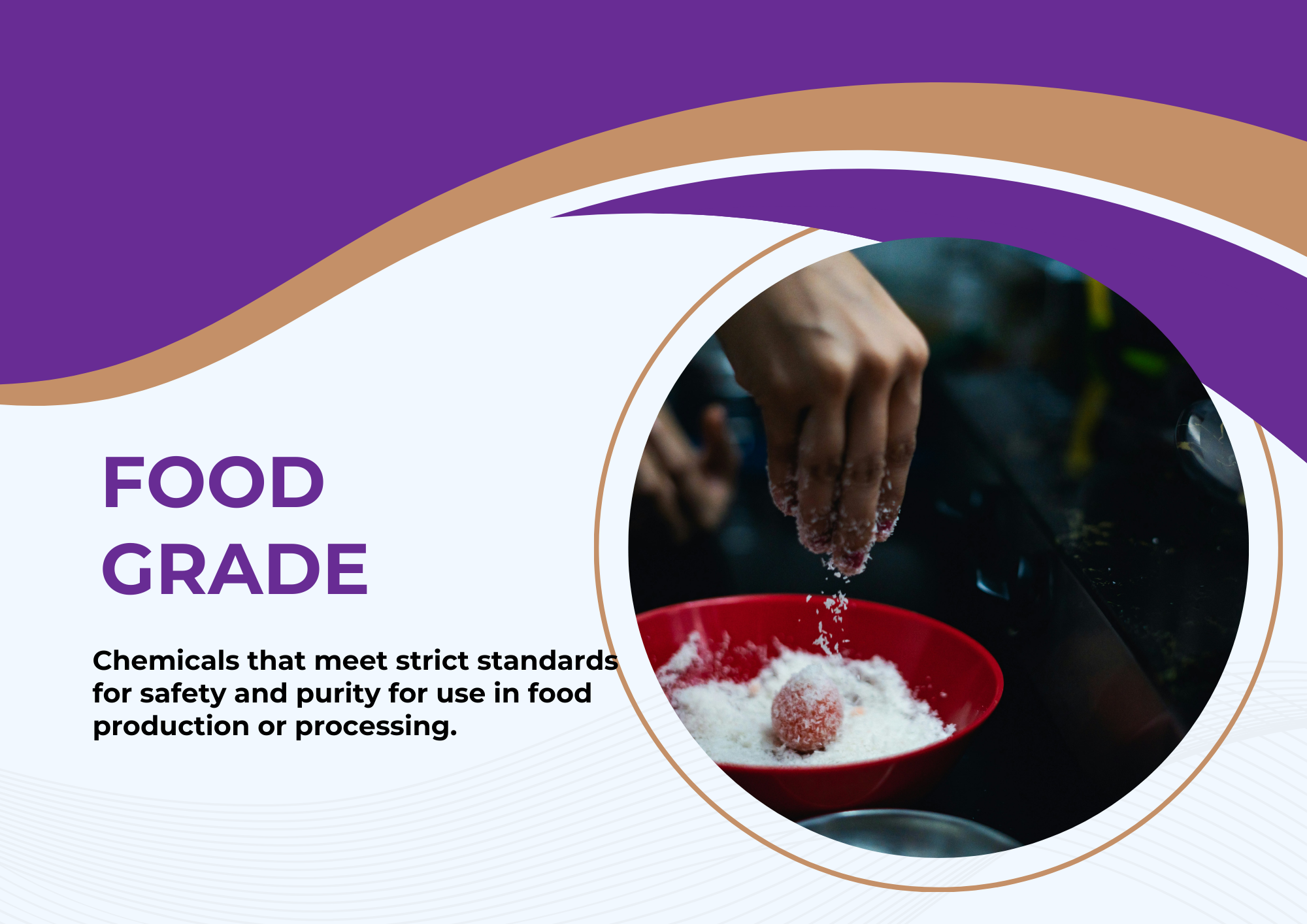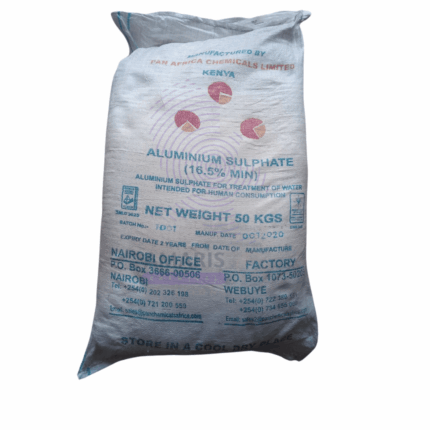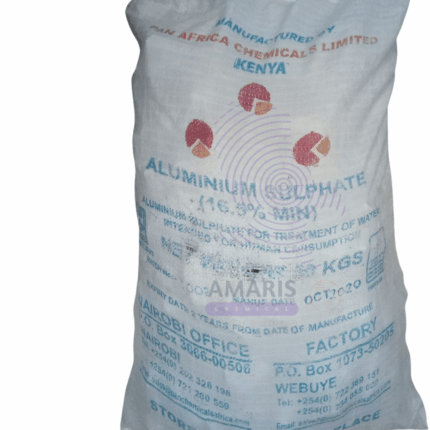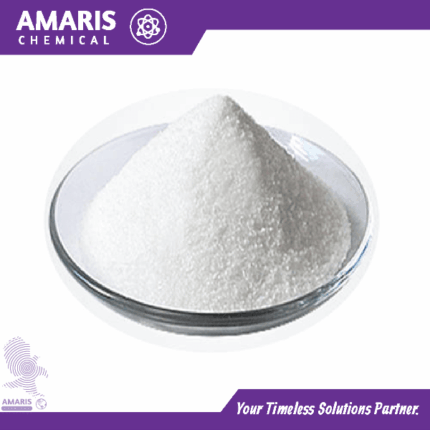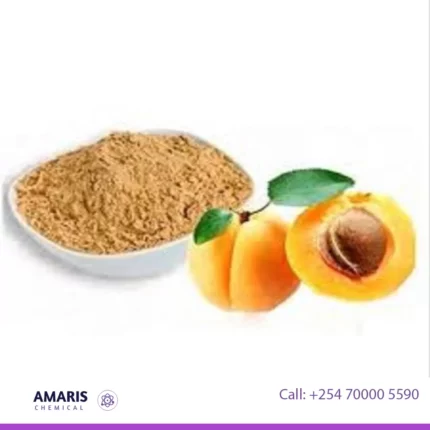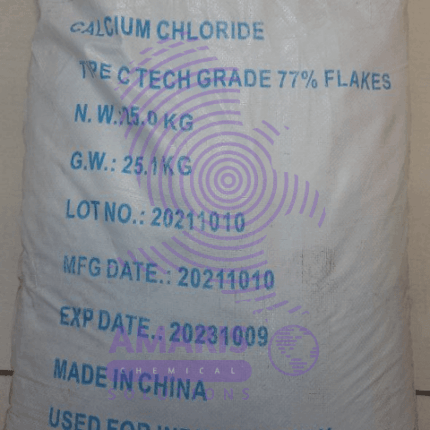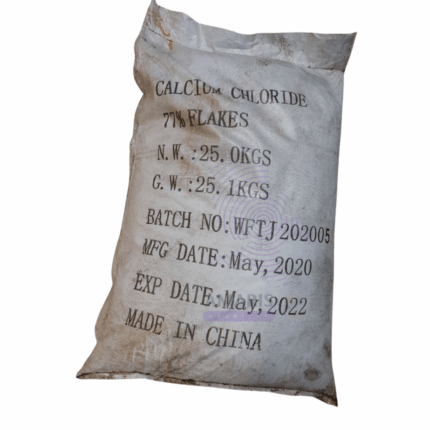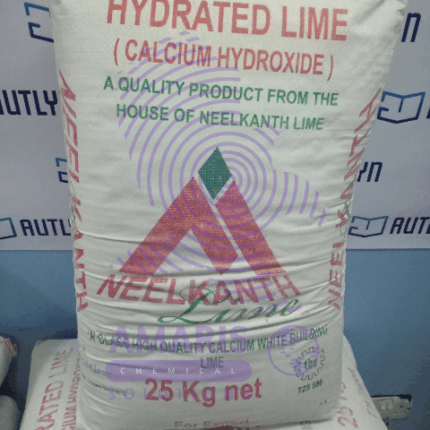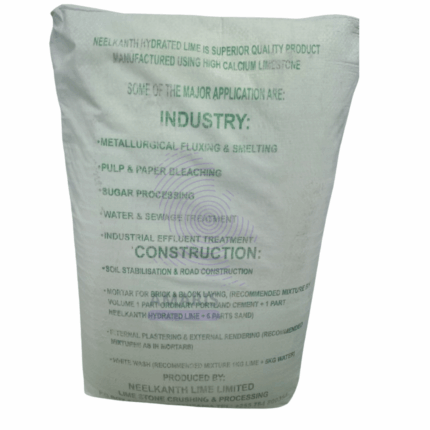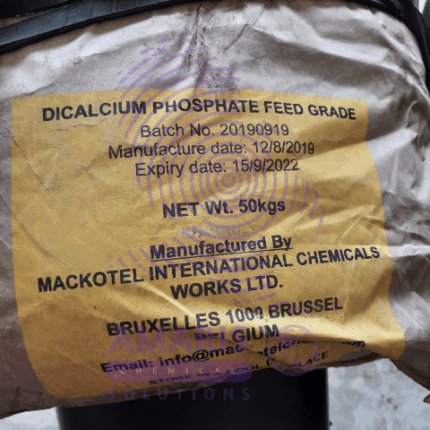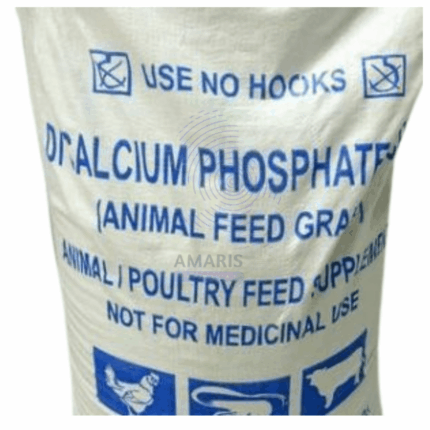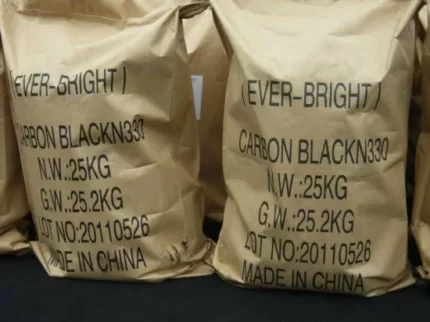
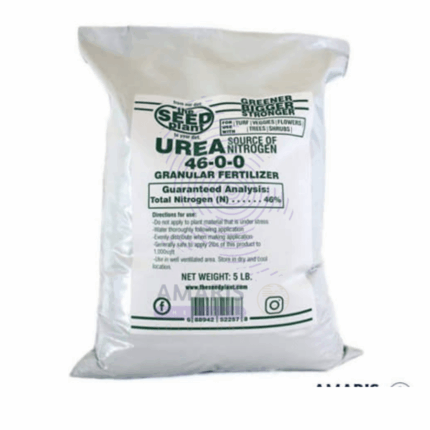
Diammonium phosphate (DAP)
$5,500.00 Original price was: $5,500.00.$5,000.00Current price is: $5,000.00.
Diammonium Phosphate (DAP) is a water-soluble ammonium phosphate salt with the chemical formula (NH₄)₂HPO₄. It serves as an important source of nitrogen (18%) and phosphorus (46%), making it widely useful in agriculture as a high-efficiency NP fertilizer to promote plant growth. Beyond farming, DAP is used as a yeast nutrient in winemaking/brewing, a fire retardant in industrial applications, and a corrosion inhibitor in water treatment systems. It also finds roles in animal feed supplements, pyrotechnics, and laboratory reagents. With its alkaline pH (~8.0) and solubility, DAP is versatile but requires careful handling due to ammonia release when heated.
Primary Uses of Diammonium Phosphate (DAP)
1. Agriculture (Fertilizer Industry)
- NP Fertilizer: Provides nitrogen (N) and phosphorus (P)for crop growth.
- Soil Amendment: Corrects phosphorus deficiency in alkaline soils.
- Hydroponics & Foliar Sprays: Used in controlled-environment farming.
2. Food & Beverage Industry
- Yeast Nutrient in Winemaking & Brewing:
- Accelerates fermentation (used in mead, beer, and wine production).
- Dough Conditioner: Improves bread texture in commercial baking.
3. Fire Retardants
- Flame Suppression:
- Added to fire extinguishers (Class D for metal fires).
- Used in fireproof coatings for wood and textiles.
4. Industrial Applications
- Water Treatment:
- Prevents scale formation (corrosion inhibitor)in boilers.
- Metal Finishing:
- Acts as a rust-preventive coatingfor steel.
Secondary Uses of Diammonium Phosphate (DAP)
1. Pharmaceuticals & Laboratory Use
- Buffering Agent: Maintains pH in lab reagents.
- Nutrient Media: Supports microbial growth in biotech.
2. Animal Feed Supplement
- Phosphorus Source: Added to livestock/poultry feed for bone health.
3. Construction Materials
- Concrete Additive: Improves setting time in cold weather.
4. Pyrotechnics & Explosives
- Smoke Composition: Used in smoke bombs and fireworks.
5. Electronics Manufacturing
- Flux Agent: Cleans metal surfaces in soldering.
| COUNTRIES OF ORIGIN |
CHINA |
|---|---|
| AVAILABLE PACK SIZE |
25kg( Metal or Plastic Jerrycan/ Bucket, Bag, Box, Polythene bag, Carton bag) |
1. Basic Identification Attributes
- Chemical Name (IUPAC):Diammonium hydrogen phosphate
- Common/Trade Names:DAP, Ammonium phosphate dibasic
- CAS Number:[7783-28-0]
- HS Code:30.00 (Fertilizers) / 2835.22.00 (Chemical salts)
- Molecular Formula:(NH₄)₂HPO₄
- Synonyms:
- Ammonium hydrogen phosphate
- Ammonium monohydrogen phosphate
- Phosphoric acid, diammonium salt
2. Physical & Chemical Properties
- Physical State:White crystalline powder or granules
- Color & Odor:Colorless to white, odorless (weak ammonia odor if moist)
- Melting Point:~155°C (decomposes to ammonia and monoammonium phosphate)
- Boiling Point:Not applicable (decomposes before boiling)
- Density/Specific Gravity:619 g/cm³
- Solubility:
- Highly soluble in water (57.5 g/100 mL at 10°C)
- Insoluble in ethanol, acetone
- pH Level:~7.5–8.5 (10% solution; mildly alkaline)
- Vapor Pressure:Negligible (non-volatile)
- Flash Point:Non-flammable
- Autoignition Temperature:Not applicable
- Viscosity:Low (aqueous solutions are fluid)
3. Safety & Hazard Attributes
- Hazard Class (GHS):
- H319:Causes serious eye irritation
- H335:May cause respiratory irritation (dust)
- NFPA Ratings:
- Health: 1(Slight irritation)
- Flammability: 0(Non-flammable)
- Reactivity: 1(Low; releases ammonia when heated)
- Exposure Limits:
- OSHA PEL:15 mg/m³ (total dust)
- ACGIH TLV:10 mg/m³ (inhalable dust)
- Reactivity:
- Stable under normal conditions.
- Incompatible with strong acids (releases toxic ammonia gas), strong oxidizers.
- Decomposes at high temperatures (>70°C).
4. Storage & Handling Attributes
- Storage Conditions:
- Cool, dry, well-ventilated area.
- Keep away from moisture (hygroscopic) and heat sources.
- Incompatible Materials:
- Strong acids (e.g., sulfuric acid), bases, oxidizers.
- Container Type:
- Polyethylene-lined bags, fiber drums, or stainless steel containers.
- Shelf Life:Indefinite if stored properly (may cake if exposed to humidity).
- Special Handling:
- Use gloves, safety goggles, and dust masks to avoid irritation.
- Avoid generating dust (use local exhaust ventilation).
5. Regulatory & Compliance Attributes
- Regulatory Status:
- FDA:GRAS as a nutrient (21 CFR 184.1141b).
- EU:Approved fertilizer and food additive (E342(ii)).
- REACH:Registered (no restrictions).
- Hazard Symbols:
- GHS07 (Exclamation mark for eye/respiratory irritation).
- Transportation Restrictions:
- UN Number:Not regulated (non-hazardous for transport).
- Waste Disposal Method:
- Dispose as non-hazardous waste (EPA: not RCRA-listed).
- Neutralize solutions before disposal.
6. Environmental & Health Impact
- Ecotoxicity:
- Low to moderate toxicity to aquatic life (high phosphorus content can cause eutrophication).
- Persistence in Environment:
- Rapidly dissolves; phosphate may persist in water systems.
- Carcinogenicity/Mutagenicity:
- IARC/OSHA/NTP:Not classified as carcinogenic.
- Biodegradability:
- Ammonium component degrades readily; phosphate may accumulate.
Personal Protective Equipment (PPE):
- Chemical-resistant gloves (nitrile or neoprene)
- Safety goggles or face shield
- Dust respirator (NIOSH N95 or higher for powder handling)
- Protective clothing (lab coat or coveralls)
Handling Procedures:
- Avoid creating dust clouds - use local exhaust ventilation
- Handle in well-ventilated areas
- Use non-sparking tools for bulk handling
- Prevent contact with skin and eyes
- Do not eat, drink or smoke while handling
Storage Requirements:
- Store in cool, dry, well-ventilated area
- Keep containers tightly closed
- Separate from strong acids, bases and oxidizers
- Avoid storage near heat sources or open flame
Inhalation:
- Move to fresh air immediately
- If breathing is difficult, give oxygen
- Seek medical attention if symptoms persist
Skin Contact:
- Remove contaminated clothing
- Wash skin thoroughly with soap and water
- Get medical attention if irritation develops
Eye Contact:
- Flush eyes with lukewarm water for at least 15 minutes
- Hold eyelids open during flushing
- Seek immediate medical attention
Ingestion:
- Rinse mouth with water
- Do NOT induce vomiting
- Give 1-2 glasses of water to drink
- Seek medical attention immediately
Fire Characteristics:
- Not flammable but may decompose at high temperatures
- Decomposition products may include toxic gases (ammonia, nitrogen oxides, phosphorus oxides)
Extinguishing Media:
- Water spray
- Dry chemical powder
- CO2
- Foam
Special Firefighting Procedures:
- Wear self-contained breathing apparatus
- Cool containers exposed to fire with water spray
- Move containers from fire area if safe to do so
- Fight fire from upwind position
Small Spills:
- Collect with clean, non-sparking tools
- Place in appropriate container for disposal
- Wash area thoroughly with water
Large Spills:
- Evacuate area
- Contain spill with inert absorbent material
- Prevent entry into waterways or drains
- Contact professional waste disposal service
Environmental Precautions:
- Prevent runoff into sewers or watercourses
- Contain and collect spillage
- Notify authorities if significant environmental release occurs


 Emollients
Emollients Humectants
Humectants UV Filters
UV Filters Surfactants (cosmetic)
Surfactants (cosmetic) Preservatives (cosmetic)
Preservatives (cosmetic) Fragrances and Essential Oils
Fragrances and Essential Oils Antioxidants (cosmetics)
Antioxidants (cosmetics)
 Solvents (lab)
Solvents (lab) Chromatography Chemicals
Chromatography Chemicals Microbiology and Cell Culture Reagents
Microbiology and Cell Culture Reagents Biochemical Reagents
Biochemical Reagents Inorganic and Organic Standards
Inorganic and Organic Standards LABORATORY EQUIPMENT & APPARATUS
LABORATORY EQUIPMENT & APPARATUS Spectroscopy Reagents
Spectroscopy Reagents Molecular Biology Reagents
Molecular Biology Reagents
 Precious Metal Extraction Agents
Precious Metal Extraction Agents
 Plasticizers
Plasticizers Polymerization Initiators
Polymerization Initiators Stabilizers
Stabilizers Monomers
Monomers Fillers and Reinforcements
Fillers and Reinforcements Antioxidants (plastics)
Antioxidants (plastics) Colorants (plastic pigments,Dyes)
Colorants (plastic pigments,Dyes)
 Fertilizers
Fertilizers Plant Growth Regulators
Plant Growth Regulators Soil Conditioners
Soil Conditioners Animal Feed Additives
Animal Feed Additives Biostimulants
Biostimulants
 Dough Conditioners
Dough Conditioners Flour Treatments
Flour Treatments Fat Replacers
Fat Replacers Preservatives (baking)
Preservatives (baking)
 Surfactants (cleaning)
Surfactants (cleaning) Builders
Builders Bleaching Agents
Bleaching Agents Enzymes
Enzymes Solvents (cleaning)
Solvents (cleaning) Fragrances
Fragrances Disinfectant
Disinfectant Metal cleaning
Metal cleaning
 Binders/Resins
Binders/Resins Pigments
Pigments Solvents (paint)
Solvents (paint) Additives
Additives Driers
Driers Anti-Corrosion Agents
Anti-Corrosion Agents Specialty Coatings
Specialty Coatings Functional Coatings
Functional Coatings Application-Specific Coatings
Application-Specific Coatings
 Sealants and Adhesives
Sealants and Adhesives
 Biodegradable Surfactants
Biodegradable Surfactants Bio-based Solvents
Bio-based Solvents Renewable Polymers
Renewable Polymers Carbon Capture Chemicals
Carbon Capture Chemicals Wastewater Treatment Chemicals
Wastewater Treatment Chemicals
 Preservatives (food)
Preservatives (food) Flavor Enhancers
Flavor Enhancers Acidulants
Acidulants Sweeteners
Sweeteners Emulsifiers
Emulsifiers Antioxidants (food)
Antioxidants (food) Colorants (food)
Colorants (food) Nutrient Supplements
Nutrient Supplements Nutraceutical Ingredients
Nutraceutical Ingredients
 Fresh Herbs
Fresh Herbs Whole Spices
Whole Spices Ground Spices
Ground Spices Spice Blends
Spice Blends
 Surfactants(oil)
Surfactants(oil)
 Antibiotics
Antibiotics Active Pharmaceutical Ingredients
Active Pharmaceutical Ingredients Excipients
Excipients Vaccine Adjuvants
Vaccine Adjuvants Nutraceutical Ingredients
Nutraceutical Ingredients Solvents (pharmaceutical)
Solvents (pharmaceutical)
 Automotive chemicals
Automotive chemicals Pyrotechnic Chemicals
Pyrotechnic Chemicals


 Vulcanizing Agents
Vulcanizing Agents Accelerators & Retarders
Accelerators & Retarders Antidegradants
Antidegradants Reinforcing Agents
Reinforcing Agents Plasticizers & Softeners
Plasticizers & Softeners Fillers & Extenders
Fillers & Extenders Blowing Agents
Blowing Agents Adhesion Promoters
Adhesion Promoters

